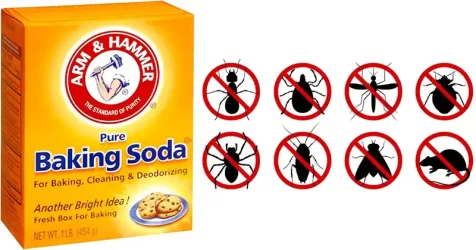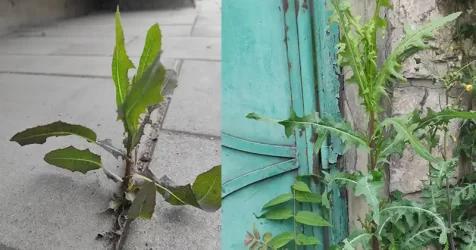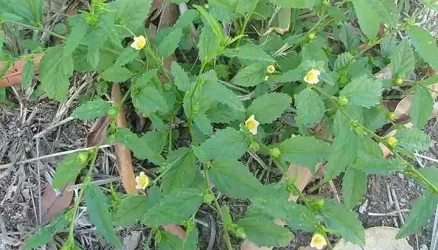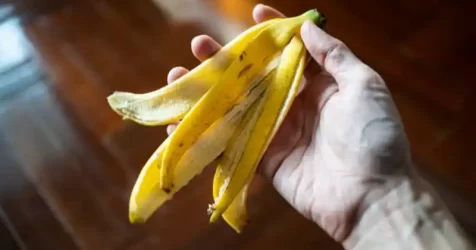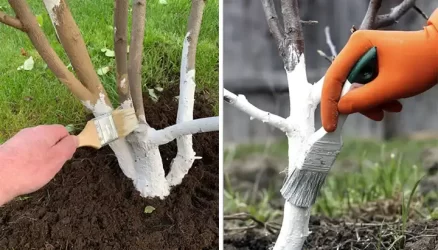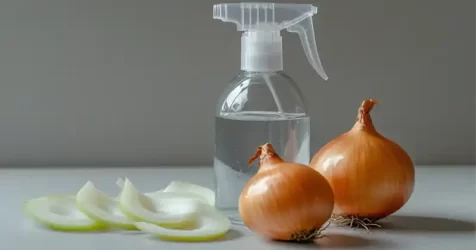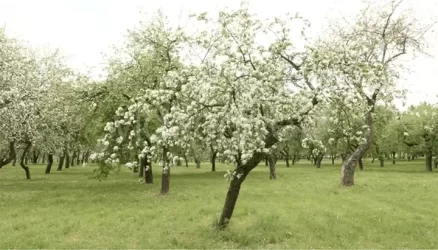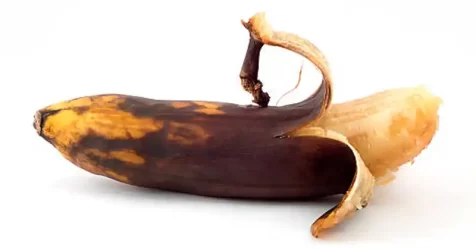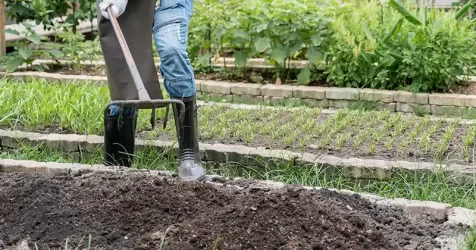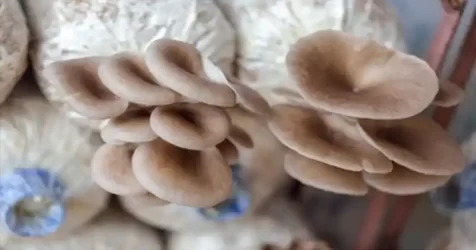Sticky Traps for Effective Pest Control: Safeguard Your Plants and Home from Fruit Flies and Fungus Gnats
Pest infestations, particularly from fruit flies and fungus gnats, can be an exasperating challenge for homeowners and gardeners alike. These tiny invaders are not only a nuisance but can also cause significant damage to plants and compromise the cleanliness of your living space. Fortunately, sticky traps offer a safe, effective, and environmentally friendly solution to keep these pests at bay. This comprehensive guide explores how sticky traps work, their benefits, and practical tips for maximizing their effectiveness in your pest control efforts.
Efficient Pest Control: The Mechanics of Sticky Traps
Sticky traps are ingeniously simple yet highly effective tools for controlling populations of flying pests like fruit flies and fungus gnats. These traps feature a brightly colored surface—usually yellow—that is coated with a non-toxic, sticky adhesive. The color attracts the insects, while the adhesive ensures they are caught and immobilized upon contact.
The adhesive used on these traps is specifically designed to be strong enough to hold even the smallest insects, such as fungus gnats, while remaining non-toxic to humans, pets, and beneficial insects. Unlike traditional pest control methods that rely on chemical sprays, sticky traps offer a passive form of control that continuously works without the need for reapplication or exposure to harmful substances.
A Plant Protector: Safe and Chemical-Free Pest Control
One of the most compelling reasons to choose sticky traps over chemical insecticides is their safety. Sticky traps operate purely through physical means, using glue to capture pests rather than relying on toxic chemicals. This makes them an ideal solution for households with children, pets, or individuals with sensitivities to chemicals.
In gardens, sticky traps are equally effective and safe, posing no threat to beneficial insects like bees, which are less likely to be attracted to the trap’s specific color spectrum. Additionally, they provide a non-invasive way to protect delicate indoor plants, herbs, and even outdoor crops from the damage caused by fungus gnats, which can wreak havoc on root systems if left unchecked.
Easy to Use: Hassle-Free Setup and Maintenance
Sticky traps are celebrated for their ease of use. There’s no need for complex instructions or special tools. To deploy these traps, simply follow these straightforward steps:
- Peel: Remove the protective film from the sticky surface of the trap.
- Place: Position the traps in areas where pests are most commonly found. Ideal locations include near fruit bowls, houseplants, compost bins, and windowsills.
- Monitor: Regularly check the traps for captured insects to assess their effectiveness.
Because of their straightforward design, sticky traps require no maintenance beyond occasional replacement when the adhesive becomes saturated with insects. This makes them an incredibly low-maintenance option for long-term pest control.
Long-Lasting Effectiveness: Sustained Pest Management
Once set up, sticky traps continue to work diligently, attracting and capturing pests over an extended period. The duration of their effectiveness can vary depending on the environment and the level of infestation. However, in most cases, a single trap can remain active for several weeks. This long-lasting effect provides continuous protection, reducing the need for frequent replacements and offering a cost-effective solution for ongoing pest control.
To maintain optimal performance, it’s advisable to replace traps once they are filled with insects or if the adhesive surface becomes covered in dust or debris. In particularly high-infestation areas, more frequent replacements might be necessary to ensure that the traps remain effective.
Monitoring Tool: Assessing the Severity of Infestations
In addition to their primary function of trapping pests, sticky traps also serve as valuable monitoring tools. By observing the number and type of insects caught over time, homeowners can gauge the severity of their infestation and adjust their pest control strategies accordingly.
For example, a sudden increase in the number of fungus gnats on the traps might indicate an overwatering issue in houseplants, while a rise in fruit fly numbers could suggest that food sources are being left exposed. This ability to monitor and respond to changes in pest populations makes sticky traps an essential component of an integrated pest management (IPM) approach.
Environmentally Friendly: A Sustainable Pest Control Solution
In an era where environmental concerns are increasingly important, sticky traps stand out as an eco-friendly pest control option. Unlike chemical insecticides, which can release harmful compounds into the air and water, sticky traps do not contribute to environmental pollution. They are free from pesticides, making them safe for use around food, water sources, and delicate ecosystems.
After use, sticky traps can be disposed of in regular household waste. Since they contain no hazardous materials, they do not require special disposal methods, reducing their overall environmental footprint. Additionally, many sticky traps are made from biodegradable or recyclable materials, further enhancing their sustainability.
Maximizing the Effectiveness of Sticky Traps: Tips and Tricks
To get the most out of your sticky traps, consider these expert tips:
- Strategic Placement: Place traps near breeding sites, such as near fruit bowls, plant pots, or damp areas where fungus gnats thrive. For outdoor use, position traps close to plants that are particularly susceptible to insect damage.
- Use Multiple Traps: In areas with high pest activity, using multiple traps can increase the chances of capturing pests before they reproduce.
- Rotate Locations: Occasionally moving traps to new locations can help catch pests that may have become wary of the traps in their initial position.
- Check Regularly: Regularly inspect the traps to ensure they are still effective. Replace them when they are full or if the adhesive is no longer sticky.
- Combine with Other Methods: While sticky traps are highly effective on their own, combining them with other non-chemical methods, such as proper sanitation and moisture control, can enhance overall pest management.
Buy from here:
A Comprehensive Solution for Pest Control
Sticky traps offer a versatile, safe, and eco-friendly solution for managing pest infestations in homes and gardens. By understanding their mechanics and following best practices for their use, you can protect your plants, maintain a clean living environment, and reduce your reliance on chemical insecticides. Whether you’re dealing with a small nuisance or a larger infestation, sticky traps are an indispensable tool in your pest control arsenal, providing peace of mind and effective results.

